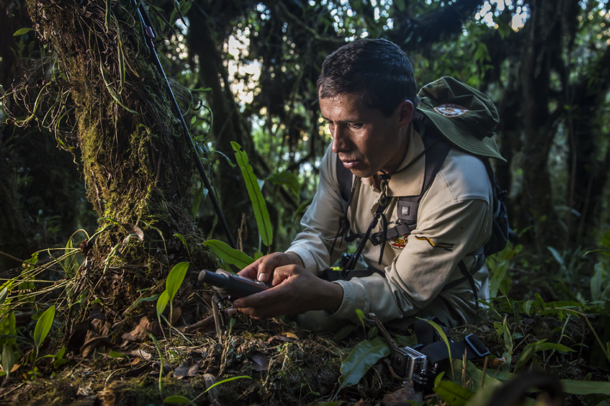The purpose is to have a good transboundary understanding of the national nature conservation systems and how the people and organisations involved work together on a trilateral level. This deep understanding supports the improvement of the implementation of coordinated management and the linking of national to trilateral (and vice-versa) policies, plans, and activities.
In the Trilateral Governmental Cooperation, each country has its own political culture and priorities. This has an influence on the governmental and civil society structures and thus on decision-making processes, which in turn influences nature conservation and management.
The national nature conservation structures clarify which are the different public organisations and the different geopolitical levels that are responsible for planning, policy-making, and implementing nature conservation activities on the ground. Also required was a definition of nature conservation site managers, their roles, and competences per country. These elements are key to consider while developing a transnational integrated management plan (SIMP).
All the groups with competences in nature conservation are represented in the trilateral governance structure. Some at the decision-making body the Wadden Sea Board, and others in the different working groups.
It is in the interest of governmental organisations involved in nature conservation to express and clarify their roles and competences at the national level. This helps to manage and adjust expectations as well as for designing a trilateral structure including the relevant non-governmental organisations and groups.
